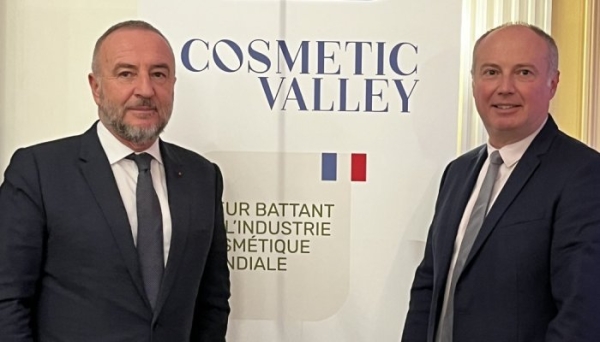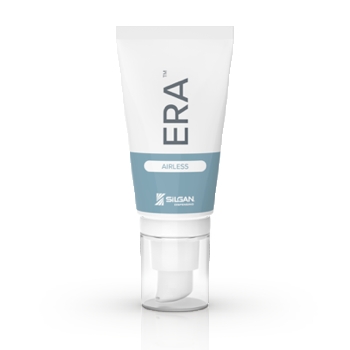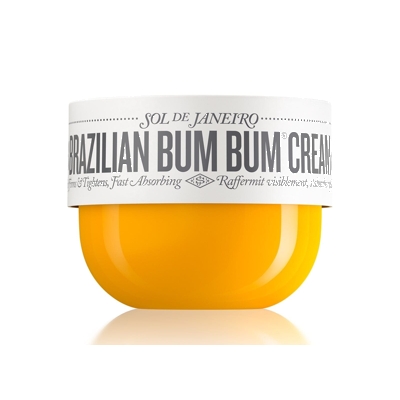
In response to the “phoney war” of trade initiated by Donald Trump—marked by threats, bold declarations, and sudden reversals—the French cosmetics industry, the world’s top exporter, is working to develop a strategic approach. Several scenarios have been formulated by market intelligence firm Asterès.
As the world’s leading exporter, the French cosmetics industry has seen its exports nearly double over the past decade, reaching 22.2 billion euros in 2024—a 6.8% increase from the previous year. This significant growth makes the industry especially vulnerable to the potential impact of a trade war.
Leading the concerns, of course, are the threats of a trade war issued by U.S. President Donald Trump.
In this dynamic consumer market, France has successfully retained its market share. The United States is now the leading importer of French cosmetics after the European Union. The protectionist tendencies of this key trading partner understandably raise concerns among French companies.
US tariffs: Three possible scenarios
“However, the situation remains uncertain,” highlights Sylvain Bersinger, Chief Economist at Asterès and author of a study for Cosmetic Valley on the risks and opportunities of the current global economic context for French cosmetics exports. “Given the contradictory statements from Trump and his entourage, it is extremely challenging to reliably anticipate the reality of what US trade policy will be,” he says.
Asterès thus considers three possible scenarios based on the customs policy that the US administration may adopt.
The first scenario involves the introduction of generalized customs duties, which would apply to all products imported into the United States, with a commonly cited rate of 10%. According to Asterès, in this case, exchange rate fluctuations, inflation, and a likely increase in interest rates would counterbalance the effects of the US customs policy. As a result, the impact on French cosmetics exports would be minimal.
The second scenario examines the potential for targeted measures against French cosmetics, a possibility that has not been publicly raised to date. For the cosmetics industry, this would be the worst case scenario, Asterès believes. Indeed, a targeted increase would only be weakly rebalanced by macroeconomic mechanisms, retaliatory measures targeting iconic American products would probably be adopted, but the short-term impact on French exports could be significant.
Finally, the third scenario envisions a situation that would escalate into a trade war. The risk is that retaliatory measures multiply and that protectionist measures become widespread. As Sylvain Bersinger says, “We would enter a completely new reality that would redefine the framework established since the Second World War.“
A well-known French flagship, cosmetics could be a primary target in trade conflicts, whether widespread or not, much like other iconic products of a country.
“There are still many uncertainties, and we are closely monitoring the situation without panicking. However, we have strengths—French cosmetic exports are primarily focused on high-end and luxury products. In these segments, customs tariffs have little impact,” reassures Marc-Antoine Jamet, president of the Cosmetic Valley competitiveness cluster.
Portfolio









